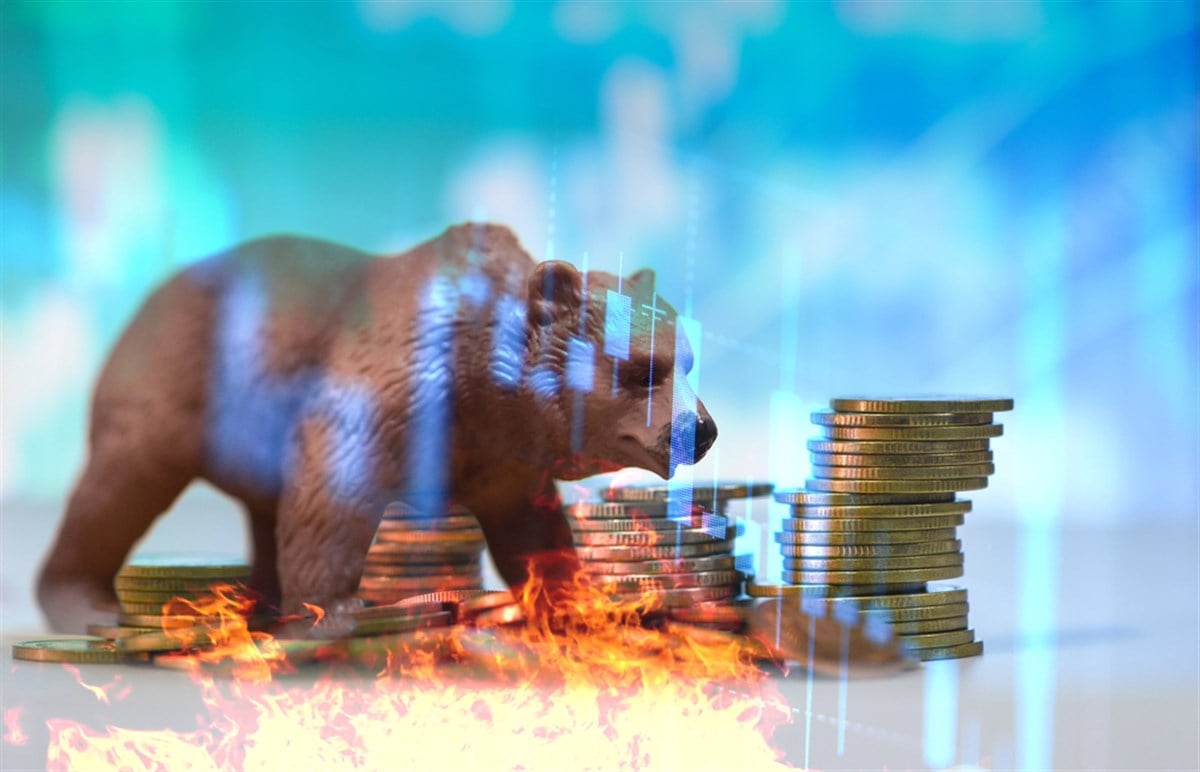
Markets are cyclical, and that’s an inevitable truth that every investor needs to remember when risking their capital in the financial markets, no matter what asset class or individual company they decide to invest in. No profits can be made without volatility, though the same counts for losses, and the differentiating factor all comes down to the timing of market entries and exits.
Today is an uncertain time in stock market history, with volatility regimes rising for fundamental and external reasons. For example, the recent trade tariffs implemented by President Trump in the United States economy cloud the ability to forecast future economic activity and growth, indirectly creating “choppy” financial markets.
However optimistic some investors may remain in the future, gains in the coming years will not come along without an adjustment first.
This adjustment could be closer than everyone thinks.
There are a few pointers every single investor needs to keep in mind today, and that is what they will walk away with today. Keeping track of specific behavior in the SPDR S&P 500 ETF Trust (NYSEARCA: SPY) will shed some light on future expectations, as well as activity in other areas like bonds through the iShares 20+ Year Treasury Bond ETF (NASDAQ: TLT) and other big names for reference. Here’s the first clue.
Technical Levels With Deeper Meanings
During the weeks of the so-called “Liberation Day,” when President Trump announced the level of tariffs to be implemented, the S&P 500 index fell to a key pivotal level. This level has been tested throughout history and carries the same meaning today as it did back then. It is a 20% decline from all-time highs, or the bear market division.
Whenever a stock, or an index in this case, gets this 20% discount from its highs, something big happens. Usually, margin calls are issued, which they were in April 2025, as brokers asked for more collateral to trade products like futures, as this level is where the entire market decides to either bail out or keep supporting recovery via cash injection.
The same dynamic can be studied during the Great Financial Crisis of 2008, when the 20% discount level was tested to see a similar reaction to today (a rebound from margin calls being met), only to be tested once more to bring about capitulation.
For those watching the S&P 500 futures for reference, this level is the $4,900 area.
Suppose history repeats itself, as it does in every cycle. In that case, this level will be tested again, and so will traders' and investors' commitment to meeting further margin calls or getting rid of their inventory.
There are some fundamental reasons why the latter might be the case.
It’s Not Bad, It’s Horrible
The yield curve in the bond markets, calculated as the ten-year bond yield minus the two-year bond yield, has now been steepening from negative (or inversion) territory. This event is significant because it has predicted every recession in the past 30 years with 100% accuracy, and today, this curve tells everyone the market is about to see the worst crash in yield curve history.
That said, investors can examine some of the subtle hints present today. Consumer confidence indexes are at cyclical lows, and consumer discretionary stocks have reported lower earnings guidance, citing less spending and heightened consumer caution.
Then there is the business side of things, with the PMI indexes also softening as a warning that United States GDP growth will likely fall below economists' expectations. While all of this fundamental data is important, there’s a better way to time the market in this case: by tracking some of the biggest constituents in the S&P 500 index.
These include the so-called “Magnificent 7” stocks, with a special focus on Apple Inc. (NASDAQ: AAPL) and NVIDIA Co. (NASDAQ: NVDA). Both of these stocks have fallen below their respective 20% discount from their highs, meaning the market wasn’t willing to step in and support them back into safety.
More than that, their valuations tell a similar story.
Both of these stocks see their forward price-to-earnings (P/E) ratios sitting at cyclical lows, and any seasoned trader will take this as a sign that the market is discounting even the best names. There must be a reason (a bearish one at that) for these discounts to be in place.
That very reason might also be why Warren Buffett decided to reduce his positions in the market today, selling completely out of the S&P 500 and significantly cutting his stakes in Apple and other holdings in the United States.
Whether investors look at the market today in a technical or fundamental way, the theme centers around a massive crash.
What to do?
Timing the top will be impossible, and letting go too early can be just as costly, so investors should keep that 20% discount in mind for the S&P 500. When it gets retested again, the real answer will come to them as to whether there will be another major run lower or a second attempt at recovery.
Data suggests, however, that lower prices are coming.